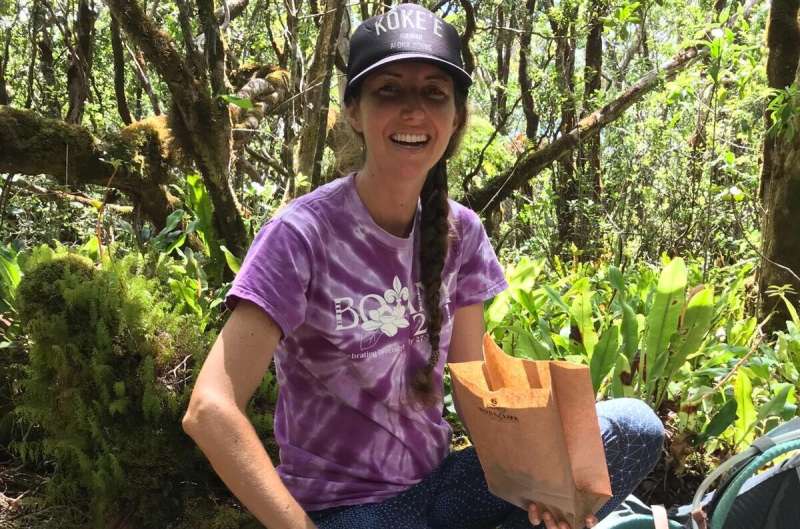This article has been reviewed according to Science X's editorial process and policies. Editors have highlighted the following attributes while ensuring the content's credibility:
fact-checked
peer-reviewed publication
trusted source
proofread
New research sheds light on relationships between plants and insects in forest ecosystems

U.S. Forest Service researchers and partners published new findings on how leaf-eating insects affect forest ecosystems worldwide.
"The findings of this study provide an improved understanding of the intricate relationship between herbivorous insects and forest ecosystems," Bernice Hwang, the paper's lead author and former U.S. Forest Service technician, stated.
Hwang and fellow researchers are aware of how large herbivores cycle nutrients in forests. They know much less, however, about how leaf-eating insects impact forest carbon and nutrient cycling. And they were determined to find out.
Their first step was establishing a global network of 74 plots within 40 mature, undisturbed broadleaved forests. They analyzed leaf litter and green leaves for carbon, nitrogen, phosphorus and silica concentrations. Leaf production, how much insects feed on leaves, and fluxes in nutrient levels from other sources also informed their research.
Chistian Giardina and Nels Johnson of the Pacific Southwest Research Station and other researchers found that insects play a significant role in releasing and cycling vital nutrients in forest ecosystems. This was particularly true for warmer climates like those in tropical forests.
Their findings suggest that a warming climate can affect how plants and herbivores interact. Changes in those relationships have important consequences for carbon and nutrient cycling in broadleaved forests on a global scale.
The researchers hope this new knowledge can contribute to a better understanding of forest ecosystems and inform efforts to conserve them.
"I believe this analysis will be a benchmark to compare against for its field," Johnson noted.
The findings are published in the journal Nature Communications.
More information: Bernice C. Hwang et al, The impact of insect herbivory on biogeochemical cycling in broadleaved forests varies with temperature, Nature Communications (2024). DOI: 10.1038/s41467-024-50245-9
Journal information: Nature Communications
Provided by USDA Forest Service





















